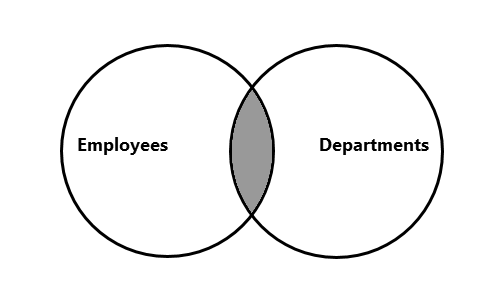Today, data is the basis of any business. The world of enterprise computing is the epitome of data-driven businesses. The importance of structured storage of data is unquestionably in the focus. And at this time, with the computing model quickly shifting towards the cloud, and storage costs falling rapidly, enterprises are leveraging data more and more to tune their businesses.
Read more »


























